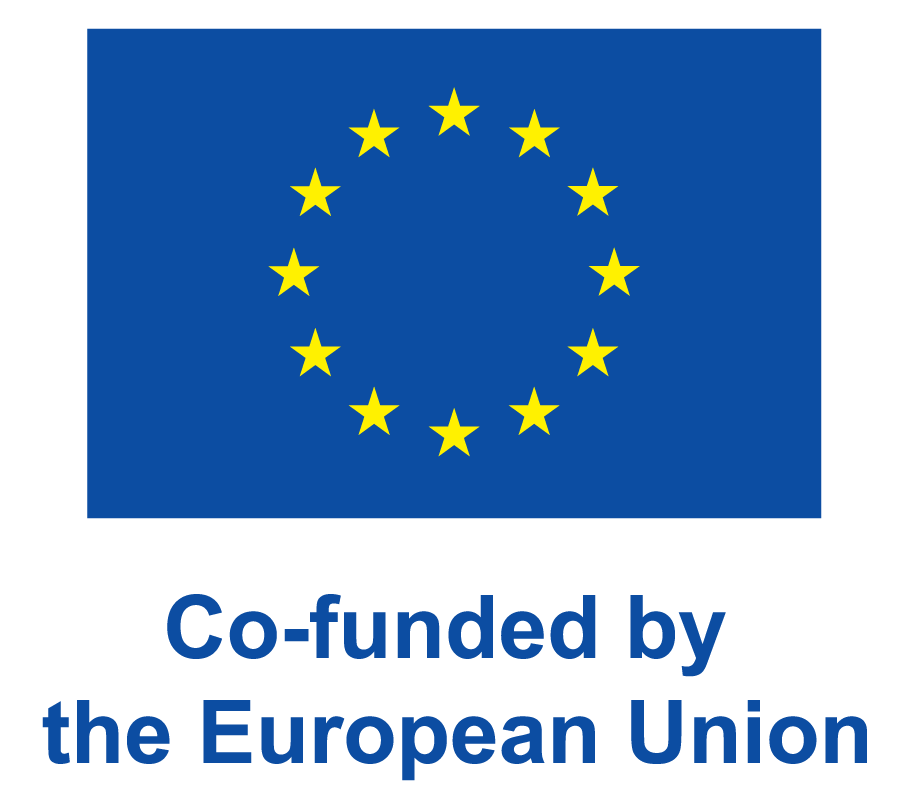Today, the European Commission approved the CAP Strategic Plans of Czechia and Slovakia. The new Common Agricultural Policy (CAP), set to start on 1 January 2023, is designed to shape the transition to a sustainable, resilient and modern European agricultural sector. Under the reformed policy, funding will be more fairly distributed among farms, with an emphasis on small- and medium-sized farms, as well as young farmers. Moreover, farmers will be supported to take up innovation, from precision farming to agro-ecological production methods. By supporting concrete actions in these and other areas, the new CAP can be the cornerstone for food security and farming communities in the European Union.
The new CAP incorporates a more efficient and effective way of working. EU countries will implement national CAP Strategic Plans, combining funding for income support, rural development and sectorial programmes. In designing its CAP Strategic Plan, each Member State chose from a wide range of interventions at EU level, tailoring and targeting them to address their specific needs and local conditions. The Commission has been assessing whether each Plan is aimed towards the ten key CAP objectives, which touch upon shared environmental, social and economic challenges. The Plans need to be in line with EU legislation and should also contribute to the EU's climate and environmental goals, as set out in the Commission's Farm to Fork and Biodiversity strategies.
The CAP will benefit from €270 billion of EU funding for the 2023-27 period.The two Plans approved today represent a total EU budget of €8.9 billion, with €5.6 billion for Czechia and €3.3 billion for Slovakia. Out of the total EU budget of these two countries, €3 billion will be dedicated to environmental and climate objectives and eco-schemes and more than €200 million to young farmers.
A key objective of Czechia’s Plan is the fairer distribution and more effective targeting of income support. Agricultural holdings will receive a redistributive support for their first 150 hectares to improve the profitability of small- and medium-sized farms. Around 54% of Czech farms will also receive additional support for sectors undergoing specific difficulties, such as the milk and beef sectors. In terms of environmental priorities, focus is on the protection of natural resources and biodiversity. The surfaces of non-productive areas and integrated production methods limiting the use of pesticides will be deployed on more than 40 000 hectares. Under the Czech Plan, the agricultural area with CAP support for organic farming should increase from the current 16% to 21% by 2027. Finally, the CAP will invest in rural areas to slow down depopulation and strengthen rural employment. It is expected that more than 1700 jobs will be created thanks to the CAP’s funding.
Slovakia’s Plan aims to increase its agricultural sector’s competitiveness and resilience while protecting natural resources. It introduces a cap on direct payments based on farm size and a redistributive support for small- and medium-sized holdings. An additional annual support of €370 million will help Slovak farmers in areas facing natural constraints, as 61% of Slovak agricultural land falls into such category. With the help of the CAP’s support, the Slovak Plan aspires to having 20% of its agricultural land farmed organically by 2030. In addition, close to 64% of livestock units will benefit from EU funds to reduce the use of antibiotics and support higher animal welfare standards. Rural development is also a big part of Slovakia’s Plan as it will support the creation of 1500 jobs and 430 rural businesses. Finally, over 10 000 persons will have access to advice and training, especially regarding digitalisation and sustainable agriculture.
More information on each Plan as well as the breakdown of their CAP budget is available in the “at a glance” documents.



